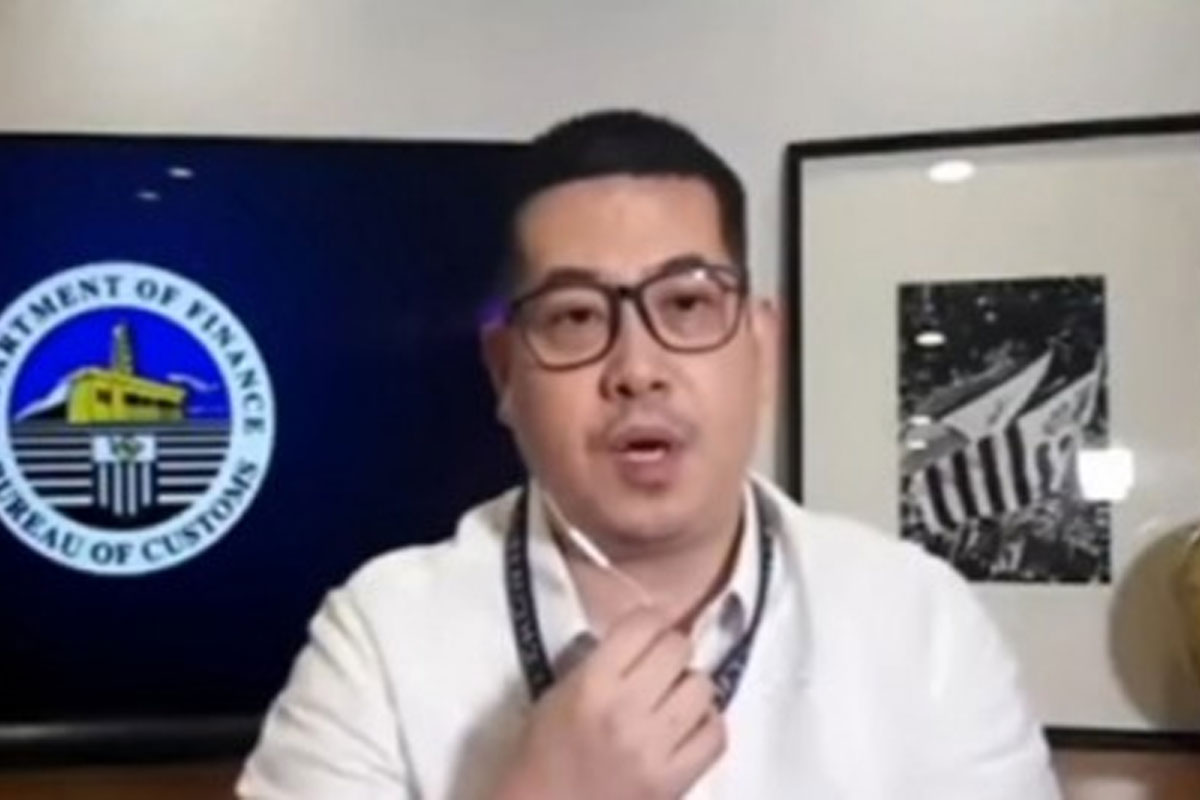
Imee bares hidden horror of pandemic
THE NUMBING effect of prolonged distance learning has transformed once cheerful kids, doting moms, and exuberant teachers into ghosts of their former selves – “zombie kids and vampire moms and mentors” Senator Imee Marcos said.
“This is the hidden horror of the pandemic – the slow death of the cognitive, mental, emotional and social faculties of young students and of the tolerance and sympathy of bone-tired mothers and teachers finishing home and office tasks late at night,” Marcos lamented.
Calling another school year of distance learning unsustainable, Marcos has backed the Department of Education, Commission on Higher Education, and National Economic Development Authority that favor piloting face-to-face classes as soon as possible where infection rates remain low.
“Distance learning is a stop-gap measure, not a long-term solution for education should the pandemic endure. Students are at risk of being part of a whole generation that could lose its love of learning, optimism, ambition, and even productivity. Our mothers and teachers also need to gain back their work-life balance,” Marcos said.
The United Nations Children’s Fund has asserted that ‘schools should be the last to close and the first to reopen,’ warning of the pandemic’s ‘life-altering impact on an entire generation of children and young people, especially the most marginalized.’
Meanwhile, the World Bank has estimated that school closures lasting just five months could result in a loss of 0.6 years of schooling, while the NEDA has computed that only one year away from face-to-face classes could result in an P11-trillion loss in productivity over the next 40 years.
“There is no lack of best practices that can be applied here,” Marcos said.
The lawmaker cited logistical changes in face-to-face learning that are being adopted worldwide including starting and ending school days outside of rush hours to avoid crowding in public transport, limiting in-person attendance to a few hours and certain days of the week, reducing class sizes with properly distanced school desks, alternating the use of available open areas like covered courts as classrooms and physical education zones, keeping classroom windows and doors open for maximum ventilation, staggering break times between classroom groups to maintain physical distancing.
“The strict observance of ‘new normal’ rules of behavior may be a little more challenging but doable,” Marcos added.
She cited proper wearing of face masks at all times, teachers keeping a safe distance when explaining new lessons, staying in quarantine for the prescribed period if a student or family member gets sick, limiting interaction to within assigned groups or student bubbles so that possible spreaders can be isolated more easily and schools don’t need to shut down.
“Many students from low-income families still have no access to gadgets or are unable to afford internet charges for online learning and have been forced to postpone enrolment to find work, while mothers I personally know have had to give up thriving careers to supervise the online learning of their children, and teachers continue to juggle more work than their two hands can handle,” Marcos pointed out.
“Let’s not turn a blind eye to the digital divide that persists. I hope the IATF takes heed of what our educational experts and economic managers are saying and of what the rest of the world has already been doing,” she added.























